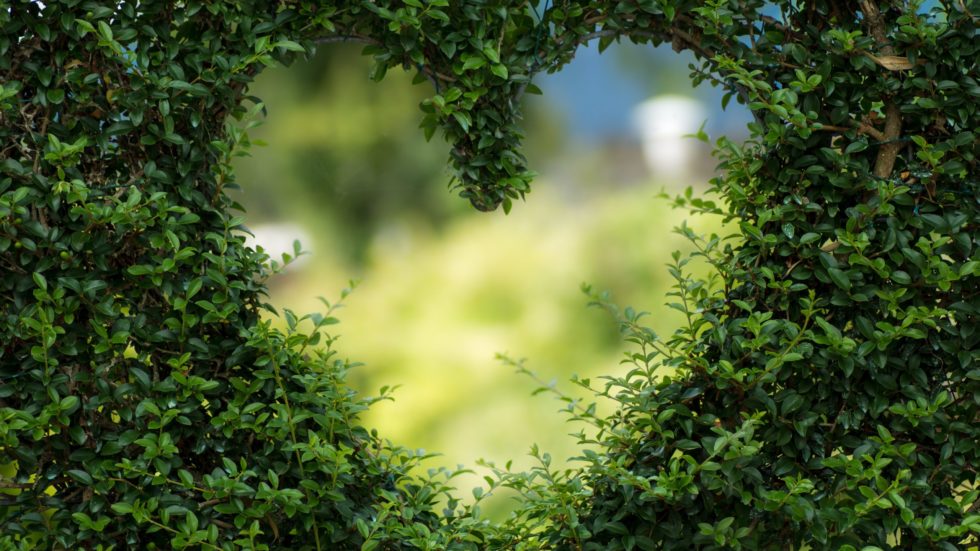Setting Boundaries

Garden boundaries mark the borders between properties, can help divide a garden into different areas, or can hide an eyesore or the garden from view. They can form an interesting and attractive part of the garden, so what are the options?
By Pippa Greenwood
STYLISH PLEACHING
Pleaching creates a living boundary whilst minimising the space the boundary takes up at soil level. You pleach by removing all side growths up to the desired height, thus forming clear stems. The developing shoots higher up can be trained into a system of wires, forming a fan-like display of branches. The gap between the trunks could be left unfilled, or a more densely clipped hedge or a fence can be installed, increasing privacy while allowing space for ground-level planting.
CLASSIC WALLS
A wall made from good quality bricks in the same colours as those from which the house is constructed will be long-lasting, sturdy and look great. Brick walls can help to keep garden plants warmer, so make use of this for more tender plantings. Attach galvanised straining wires, held taut between vine eyes, to make a support system for plants.
BLOOMING BOUNDARY
Many roses can be grown as hedging and look stunning, as well as helping to fill your garden with a magical perfume whilst they are in bloom. They can be grown next to another boundary, such as a short retaining wall.
HURDLES
Hazel hurdles are popular for a rustic look. They can be bought as ready-made panels or a hurdle maker can construct the fence in situ. They usually have one pale face where the hazel stems have been split to reveal their woody insides, whilst the other face is darker and still bark-covered. A good filter for wind in a gusty site, their disadvantage is that they are not long-lasting.
DRY STONE WALLS
A truly classic look, dry stone walling is a specialist skill giving a lovely boundary, especially within the garden, perhaps around the edge of a raised bed or to create a seating area. Small plants such as the fleshy-leaved Sempervivums or houseleeks can be grown in gaps between the stones.
CHEERFUL COLOURS
Less-than-attractive concrete blocks or similar materials look better if painted with masonry paint. Clean and thoroughly dry the area beforehand and use a suitable paint for the surface.
CLASSIC HEDGING
A well-planted and well-maintained hedge is timeless, though it needs a few years to establish. For a dense effect, plant two staggered rows of hedging plants, with plants about 45cm (18in) apart within the rows. Keep the young hedge well-watered and fed during the first couple of years, pruning as necessary for a dense green boundary.
ADDED INTEREST
Break up a long expanse of boundary by including a feature, perhaps a garden seat or an arbour, with hedge plants behind and trained into a roof above the seat. This provides a great place to sit and relax
Visit Pippa’s website www.pippagreenwood.com to book Pippa for a gardening talk at your gardening club or as an after-dinner speaker.






